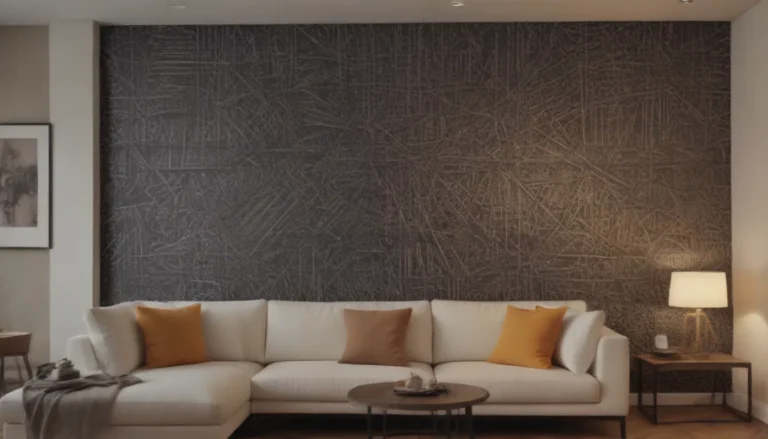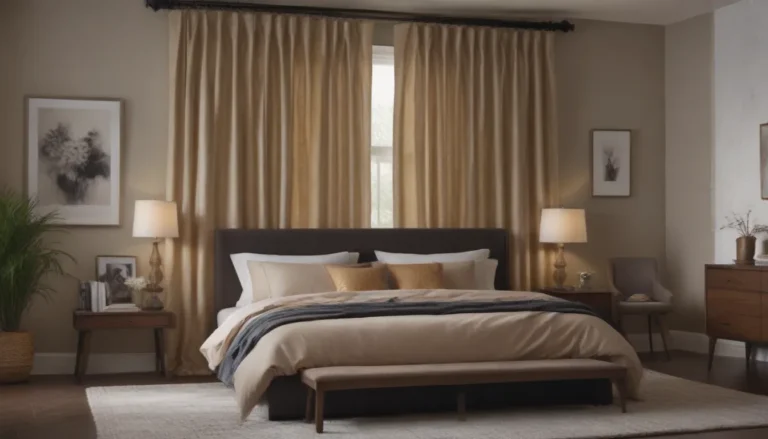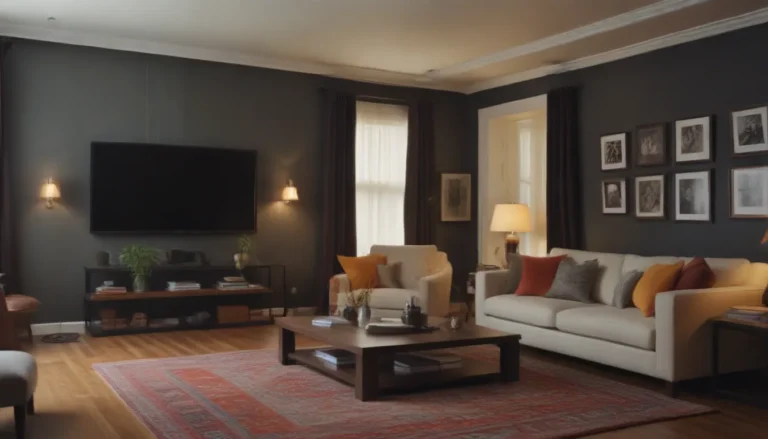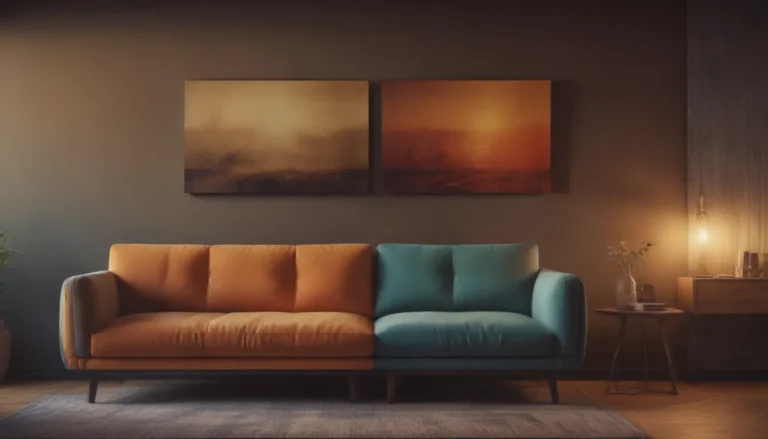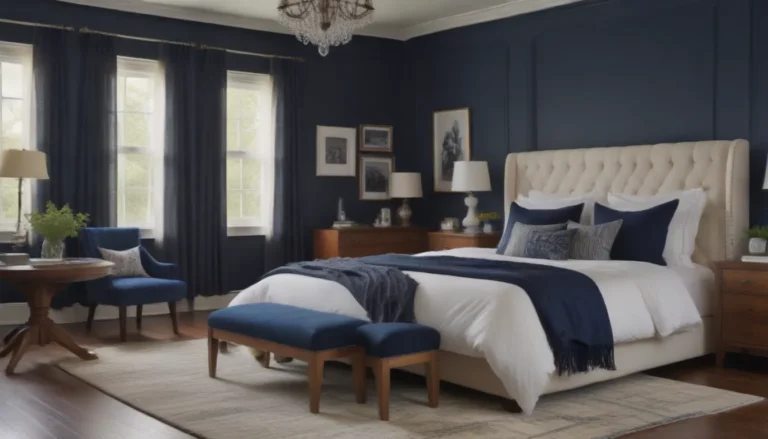Embracing Scandinavian Minimalism: A Guide to a Simple and Natural Lifestyle
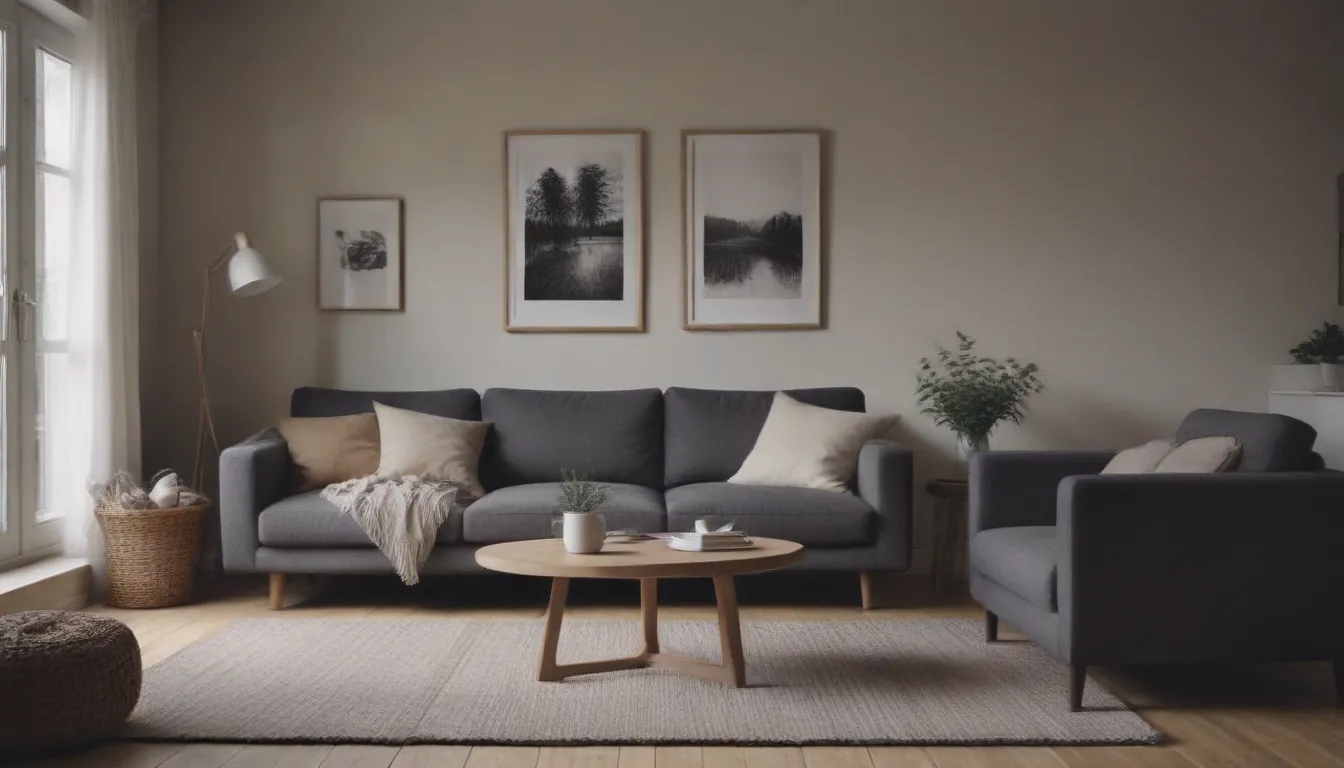
Are you looking to bring a sense of calm and harmony into your home? If so, Scandinavian minimalism might be the perfect interior design style for you. This simple yet practical approach to design aims to create spaces that are both functional and aesthetically pleasing, all while highlighting the beauty of the natural world. In this article, we will deep dive into the world of Scandinavian minimalism, exploring its origins, key characteristics, and how you can incorporate its principles into your own space.
The Origins of Scandinavian Minimalism
Scandinavian minimalism traces its roots back to the early 20th century when a desire for functional yet beautiful furniture and decor emerged. In contrast to the elaborate styles embraced by the wealthy in Europe, Scandinavian design focused on simplicity and practicality. This design style gained momentum in countries like Sweden, Denmark, and Norway, where the harsh winters and limited daylight called for spaces that maximized light and comfort.
By the 1950s, Scandinavian minimalism had gained worldwide recognition, with many designers being awarded the prestigious Lunning Prize. Today, this design style continues to be popular for its emphasis on functionality and everyday comfort.
Key Characteristics of Scandinavian Minimalism
While Scandinavian minimalism does not adhere to strict rules, there are some key characteristics that define this style:
- Functionality: Every piece of furniture or decor in a Scandinavian minimalist space serves a purpose, ensuring that the room feels meaningful and purposeful.
- Cozy Elements: Despite its focus on simplicity, Scandinavian minimalism uses cozy, natural materials like wood, stone, wool, cotton, and greenery to create inviting spaces.
- Natural Light: Large windows and well-placed lighting arrangements are essential in Scandinavian minimalist design, keeping spaces airy and welcoming.
- Quality and Durability: Scandinavian minimalism values well-made items that can stand the test of time, avoiding trendy pieces in favor of longevity and functionality.
Scandinavian Minimalism vs. Minimalism
While minimalism and Scandinavian minimalism share a focus on simplicity and functionality, there are some key differences between the two styles:
- Minimalism: Emphasizes clean lines, simple color palettes, and geometric patterns, often using materials like metal, lacquer, and marble.
- Scandinavian Minimalism: Incorporates warm, nature-inspired tones alongside simplicity and functionality, using natural materials like wood, stone, and wool.
How to Incorporate Scandinavian Minimalism Into Your Space
Ready to bring Scandinavian minimalism into your own home? Here are some tips to help you get started:
- Eliminate Clutter: Clear out unnecessary items to create a clean, uncluttered space.
- Nature-Inspired Colors: Choose colors inspired by nature, such as creamy whites, neutral tans, and soft pastels.
- Soft Lighting: Opt for soft, cozy lighting to create a warm and inviting atmosphere.
- Bring the Outdoors In: Incorporate natural elements like plants and greenery to add a touch of nature to your space.
- Quality Over Quantity: Focus on simple, high-quality furniture and decor pieces that will stand the test of time.
By embracing the principles of Scandinavian minimalism, you can create a space that is both functional and inviting, allowing you to live in harmony with the natural world.
In conclusion, Scandinavian minimalism offers a simple and practical approach to design that focuses on creating comfortable and inviting spaces. By incorporating key principles like functionality, cozy elements, and natural light into your own space, you can embrace this soothing design style and transform your home into a peaceful retreat. So, why not give Scandinavian minimalism a try and see the difference it can make in your everyday life?
